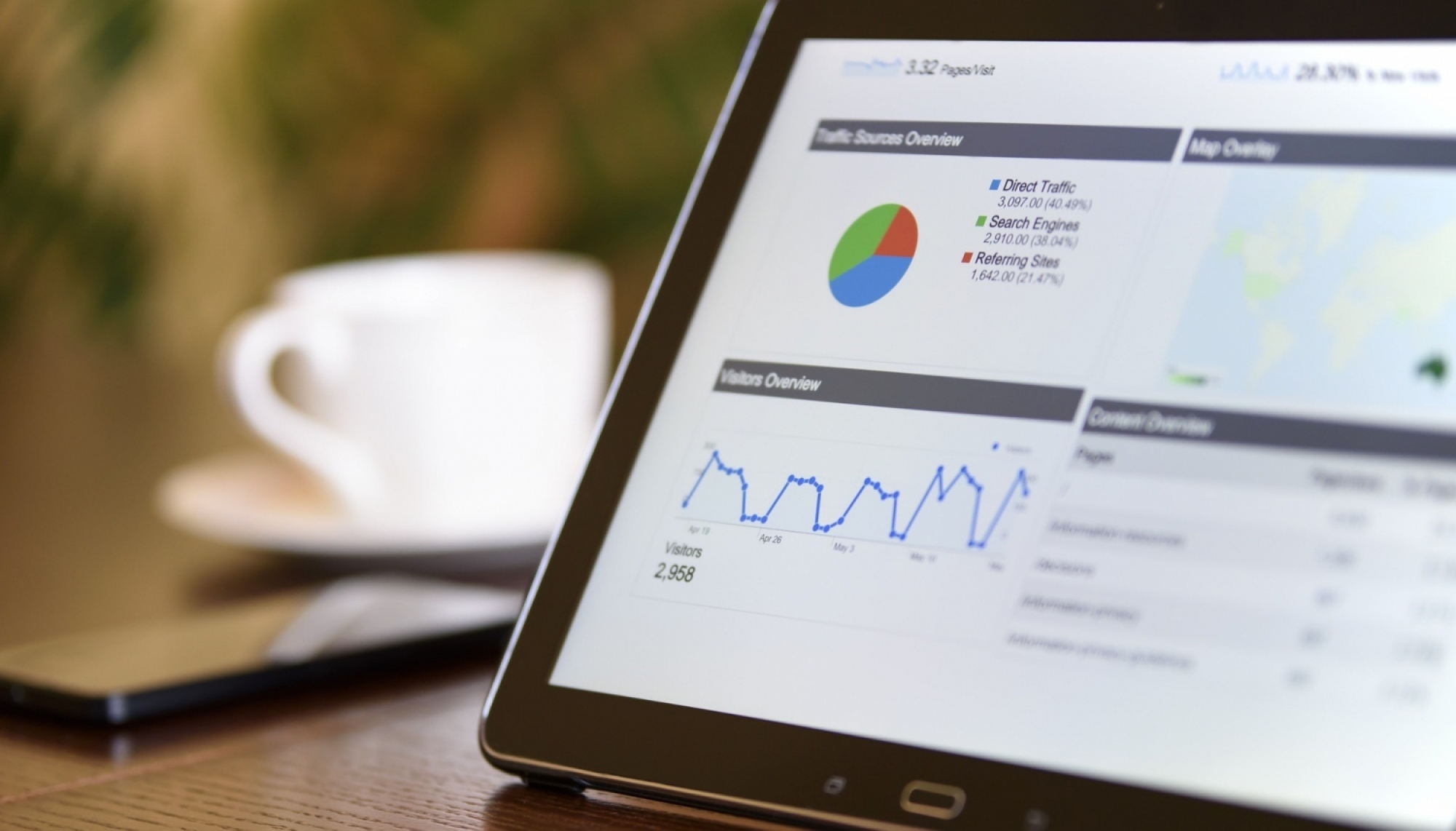A large majority of communications and PR professionals certainly think so, yet many others still use it. Why?
Once coverage has been recorded, calculating the AVE (Advertising Value Equivalent) is the work of an instant. While we know its value is limited, there’s no easy, neatly packaged alternative. Despite the automation tools on the market today, comprehensively replacing AVE requires time and time costs money. So the continued prominence of AVE in agency reporting is in part due to the reluctance of clients to pay more for a comprehensive analysis and in part due to the poor job that agencies have done to convince them of the long-term value such analysis would provide.
AVE’s many deficiencies need not be explored at great length here, but it is worth recapping briefly where it does fall short:
- One size doesn’t fit all. AVE looks at the number of column inches of editorial coverage generated, but it says nothing about the topics covered, nor the quality of the coverage.
- Arbitrary numbers. Declaring that editorial coverage is worth the advertising rate card times ‘X’ is not much better than plucking numbers out of the air. It’s entirely possible that some editorial coverage will be worth ten times that of a standard ad, while other pieces will have less value than an ad. Some will have negative worth. Ask yourself the question with each piece of coverage: would it have been worth paying for? If the answer is no, then why would you assign it any monetary value at all?
- Print media specific. Important though it remains, traditional print media is only one avenue for coverage. Much coverage today will be generated online and the AVE model, which measures column inches, has no relevance here at all.
Here are some of the broader measurement elements you need to consider. The more you include, the more accurate and helpful your measurement will be and the better it will be able to inform your future activities.
- Set Goals
It starts here. Without goals, what are you measuring against and how can you define success? At the same time the goals are set, decide and agree how they are going to be measured or assessed.
- Assess your standing as thought leaders
How often are your spokespeople quoted compared with your competitors? Assess feature articles on future trends, the latest technology or any subject in which you have expertise. Are they talking to you to source expert comment? Or are they talking to your competitors? How are you going to change that? - Measure your social media success
Social media analytics tools are plentiful and useful. Don’t lose sight of what’s really important though. Sift new followers and make sure you know how many are of real value. The same principle applies to engagements – how many of these interactions are with people that are really important to you? - Are your campaigns driving new business?
In B2B – with its typically long sales cycles – this can be very difficult to qualify, so instruct your sales reps to ask all customers not just where they first heard, saw or read about the product, but also about anything they’ve seen that might have influenced their perception and their eventual purchase decision. This is vital information with which to assess the ultimate success or otherwise of a campaign. - Survey
This does cost money, but it is going to give you a much better reading of actual perception changes based on PR activity. Has your target audience heard your key messages? Do they know about your key products? Have perceptions changed?
Meaningful measurement is going to differ from company to company and campaign to campaign. Part of the reason AVE continues to play a much larger role than it should is that alternatives are inevitably more time-intensive and costly. Without making this ongoing investment though, businesses will not be able to develop a real appreciation of what is working and what is not. This knowledge is crucial to developing communications strategies that really work.
Don’t be afraid to start small – you just need to start somewhere. Budgets are often tight and it can be very hard to justify taking budget out of straight promotion to invest in measurement, but rigid adherence to the faded shadow of AVE will benefit neither agencies nor clients in the long run. Investigate analytics and ROI tools. Invest time and resource. Start small with a shortlist of clearly defined objectives and agree how your level of success in meeting those objectives is going to be measured and reported. Then build from there.
